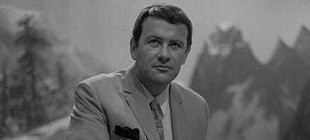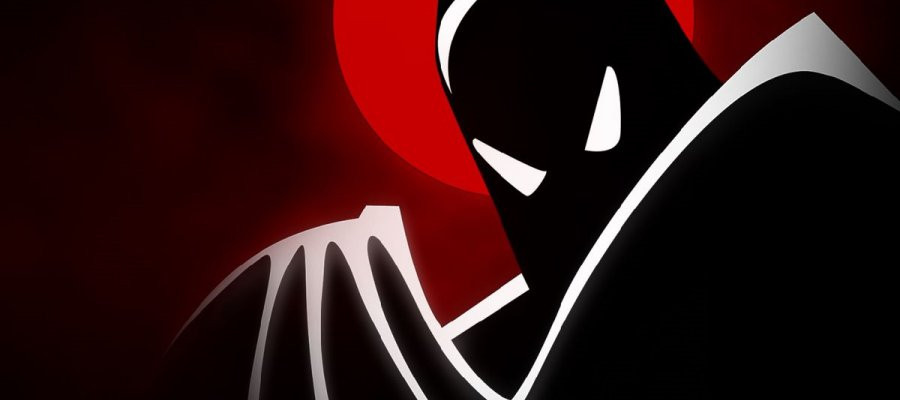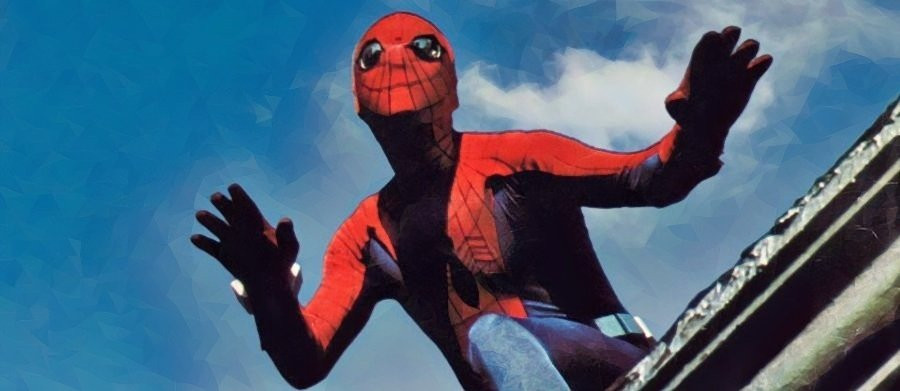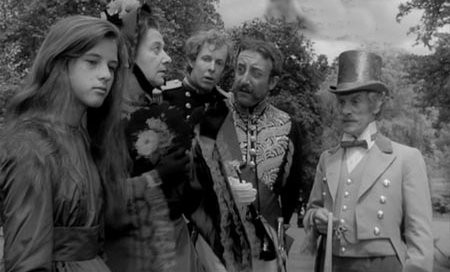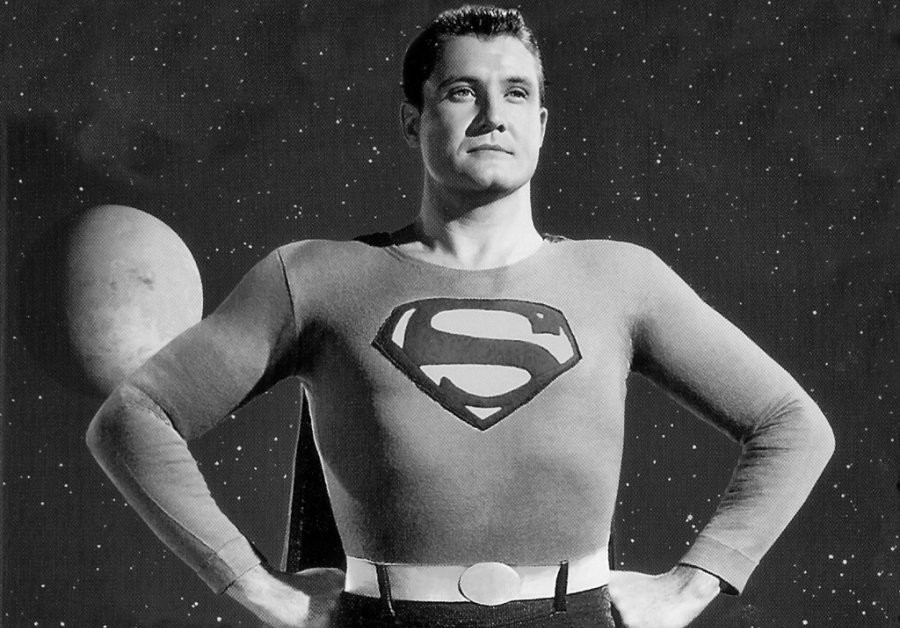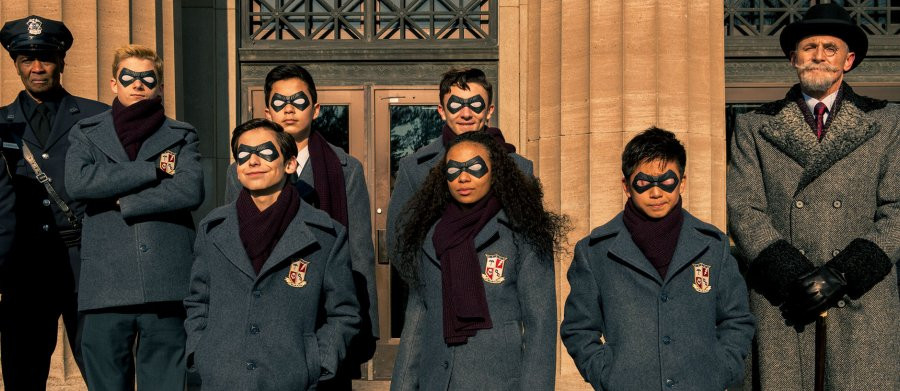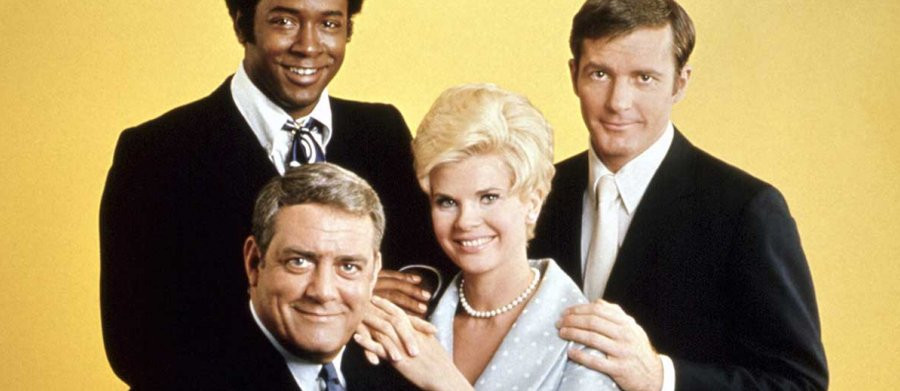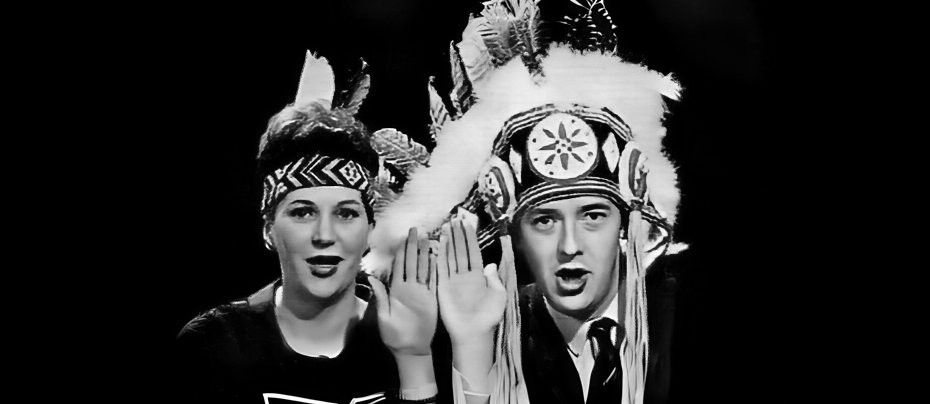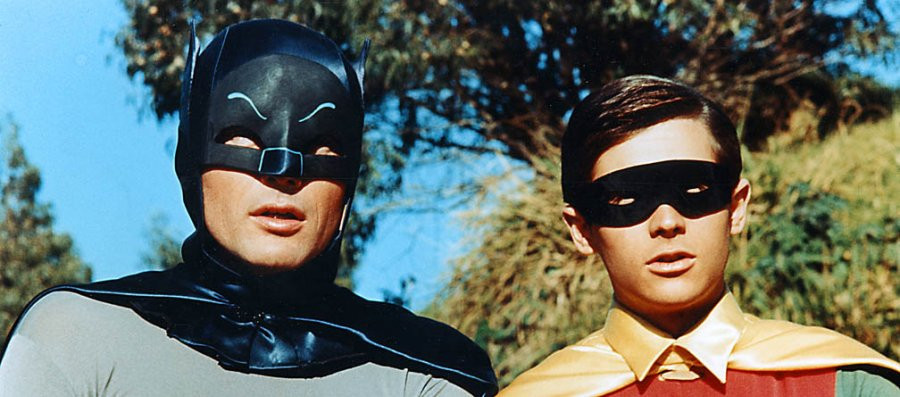
Batman
1966 - United StatesUnable to secure the rights to revive the masked western hero The Lone Ranger, producer William Dozier turned his attention to another crusading figure cloaked in mystery. That figure was none other than DC Comics' enduring symbol of justice and nocturnal retribution — Batman.
Created by Bob Kane and debuting in Detective Comics in May 1939 (as The Bat-Man), the character had already secured a legendary status in the world of comics. But it was under Dozier’s flamboyant vision, guided by script editor Lorenzo Semple Jr., that Batman leapt off the page and onto the television screen — not as the grim avenger of the night, but as the centrepiece of gloriously high camp sixties spectacle.
The result was a kaleidoscopic pop-art phenomenon: part Saturday morning cartoon, part cliff-hanging serial, all pantomime absurdity. With its vibrant colour schemes, outrageous villains, and endlessly inventive death traps, Batman brought comic books to life in a way that no previous series had attempted. It embraced its silliness with such giddy conviction that resistance was futile — evil never looked so gaudy, nor television so gleefully madcap.
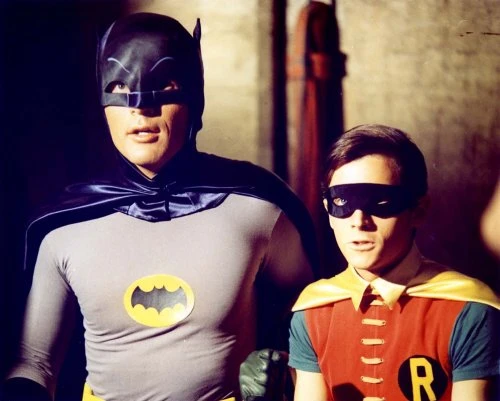
In the lead role of Batman and his alter-ego Bruce Wayne, Dozier cast the then-unknown Adam West — an inspired, if ultimately career-defining, decision. West’s delivery was legendarily deadpan, his ability to maintain total earnestness amidst the chaos nothing short of genius. His Batman walked the line between heroic and hilarious, never winking at the audience, yet always aware of the absurd world he inhabited. Matching him punch-for-punch was Burt Ward as Robin, the Boy Wonder — a spirited sidekick with a penchant for breathless exclamations and an endless supply of exuberant energy.
Across 120 colour-soaked episodes and one delightfully overblown feature film, Batman became a true television event. Each episode followed a familiar formula: an elaborately staged crime would prompt Commissioner Gordon to reach for the Batphone. Cue a coded message delivered by faithful butler Alfred under the oblivious gaze of Aunt Harriet (a TV invention added to neutralise anxieties over three bachelors cohabiting), and before long, the Batmobile would be roaring out of the Batcave. Our heroes would follow a trail of increasingly ludicrous clues, face a villain's diabolical trap, and find themselves moments from certain doom — only to freeze-frame as William Dozier's own voice implored viewers to “tune in next week, same Bat-time, same Bat-channel.”
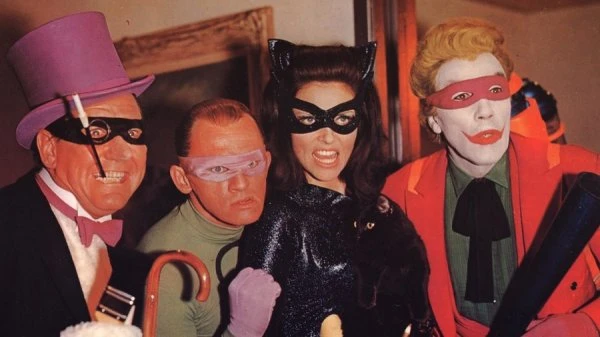
The villains were perhaps the show’s greatest asset — a rotating gallery of Hollywood’s finest, donning ridiculous costumes and chewing the scenery with joyful abandon. From Cesar Romero’s giggling Joker to Frank Gorshin’s maniacal Riddler, Burgess Meredith’s quacking Penguin and Julie Newmar’s iconic Catwoman, each week brought another star turn of outrageous villainy and theatrical excess.
Beyond its booming fight captions and visual fizz, Batman was a mirror of its time. Amidst the rise of counter-culture and pop art, the series was a cartoon made flesh — an explosion of colour and irony in a decade hungry for both. It captured the spirit of Andy Warhol as much as it did that of Gotham City.
For two years, from 1966 to 1968, the flashing Batsignal summoned millions to their televisions. And they came willingly, week after week, for the fun, the foolishness, and the sheer joy of it all. Batman was a living comic strip, a pop cultural time capsule, and, above all, a blast!
Seen this show? How do you rate it?
Seen this show? How do you rate it?
Published on November 28th, 2018. Written by Skip Wilson Jr. for Television Heaven.


